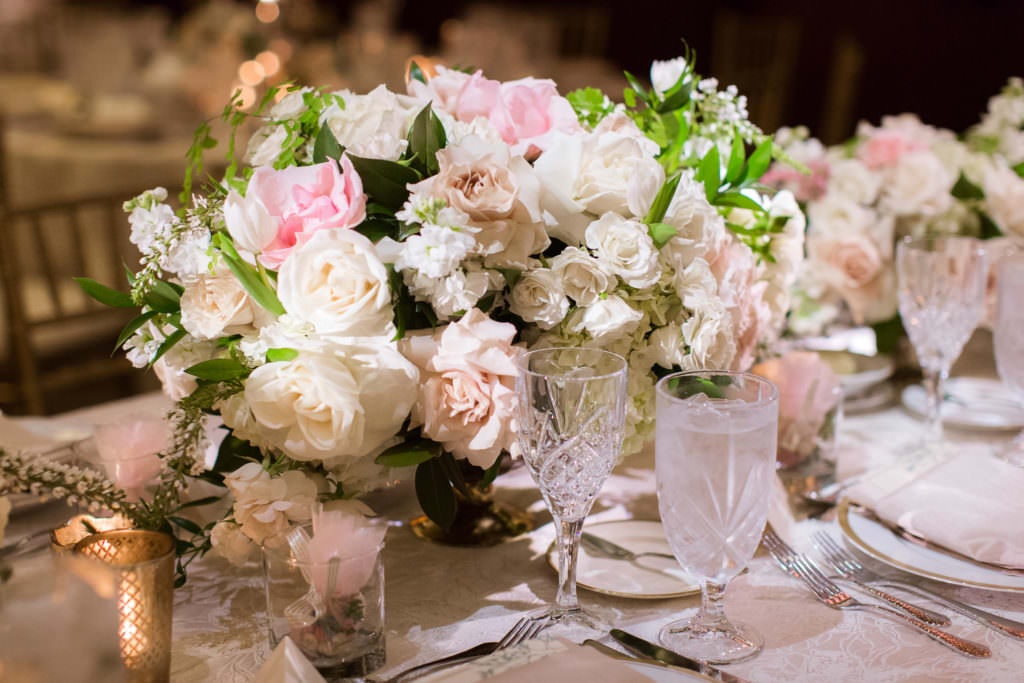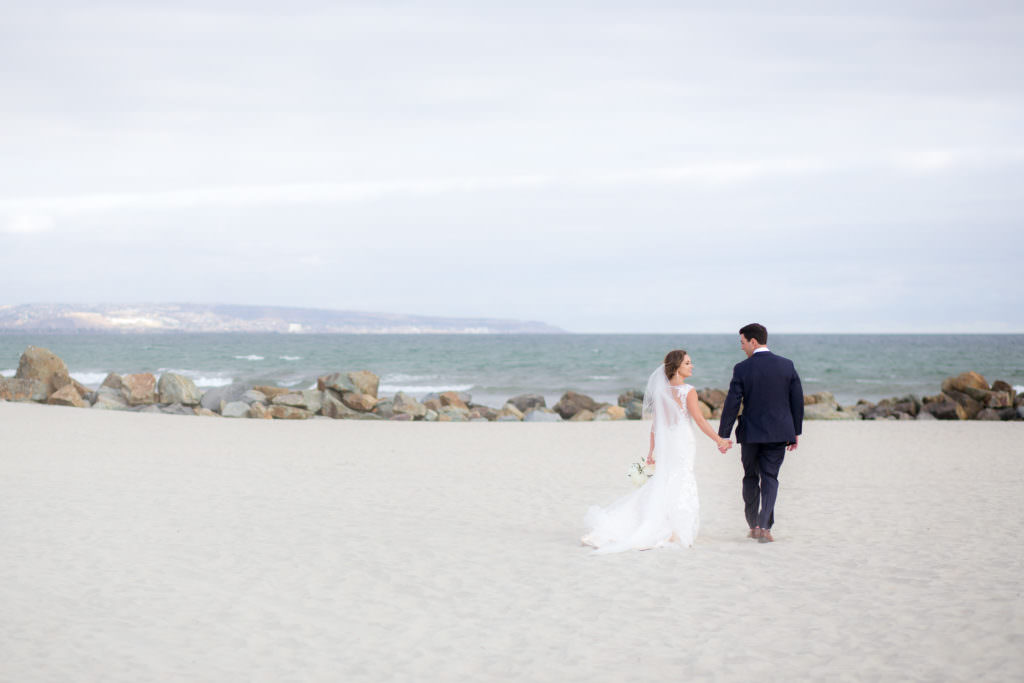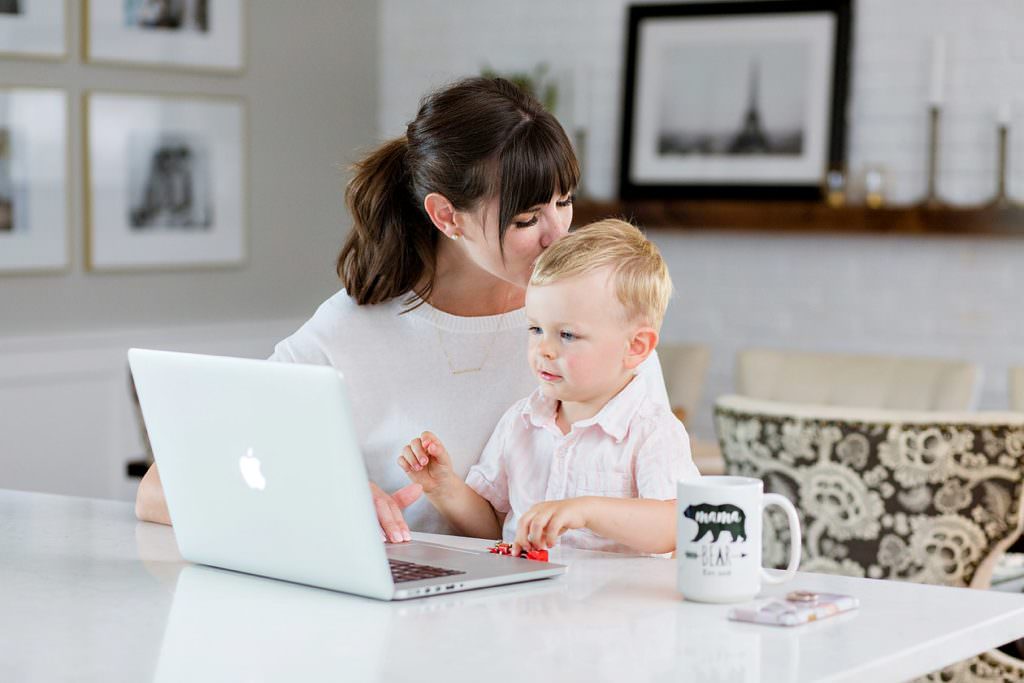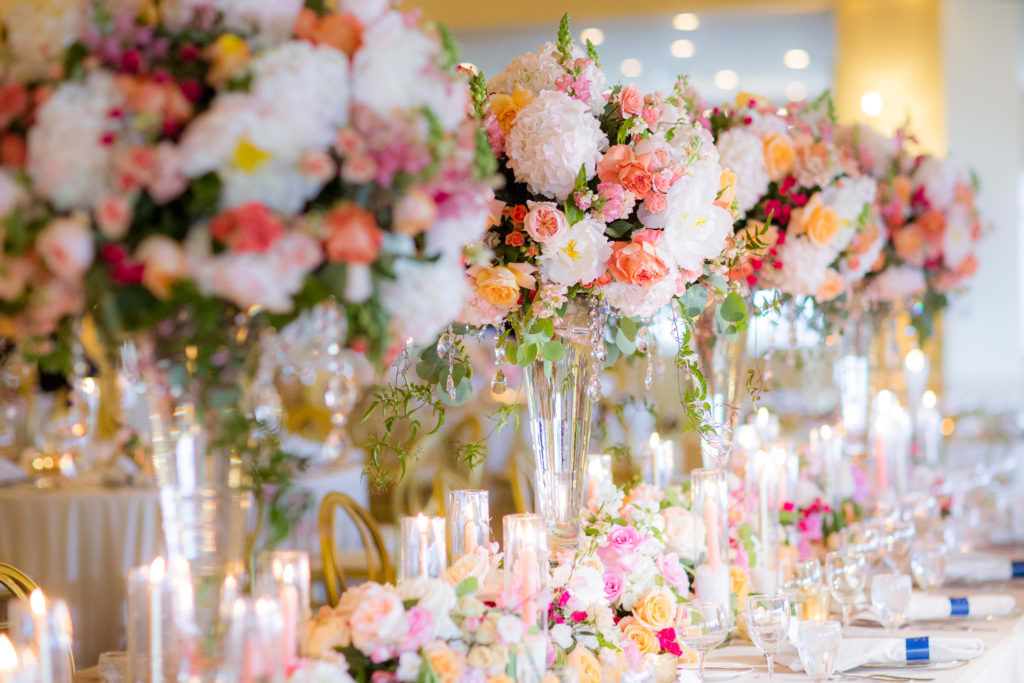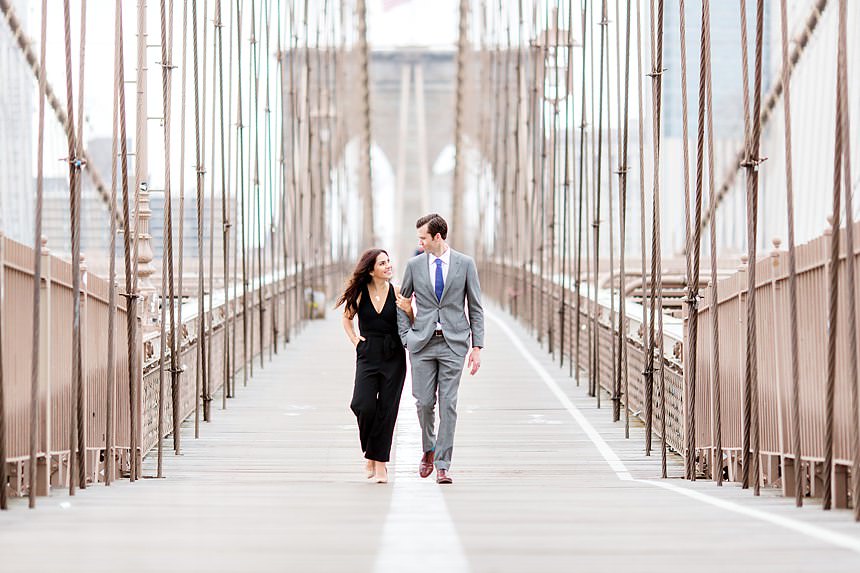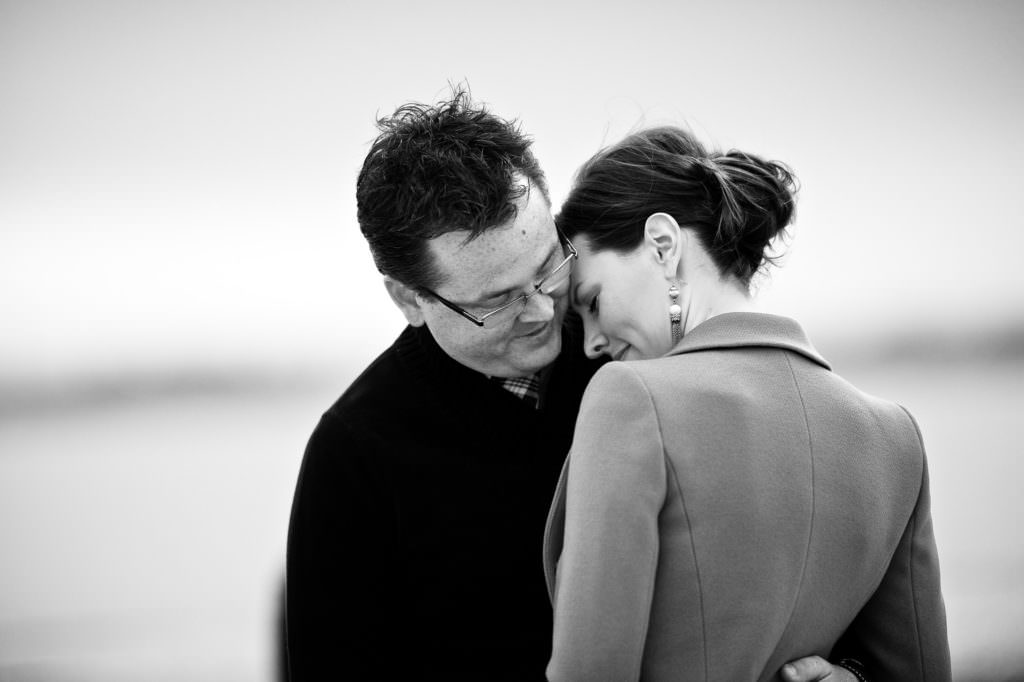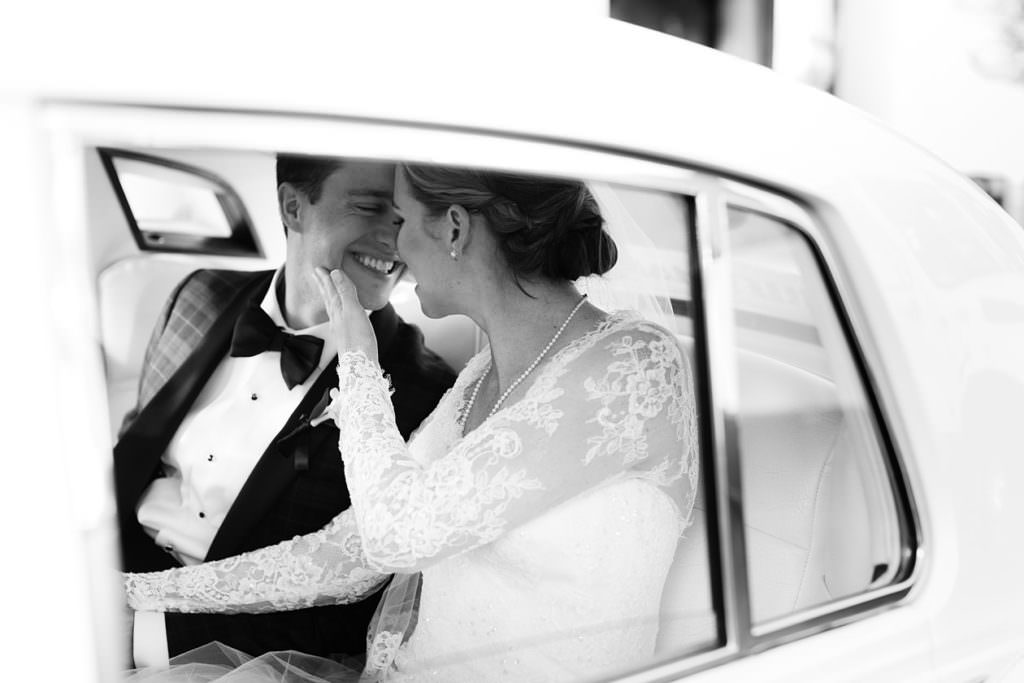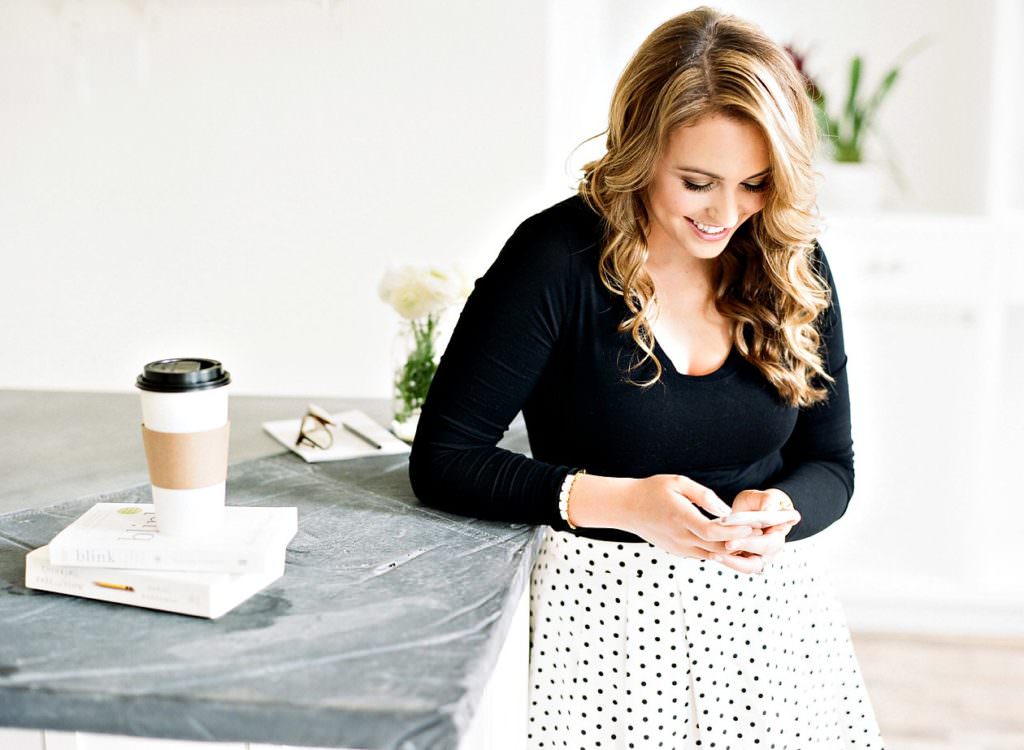Listen on Apple Podcasts | Listen on Spotify
Creative Rising Episode 109
[TRAINING EPISODE] You’re working a full time job, but you’re also running a creative business on the side that’s growing rapidly.
In fact, you’re spending just as much time on your “side hustle” as your day job, and you’re starting to make some good money, too.
You’re wondering if you should leave your day job to run your business full time, but when is leaving a steady job to work a dream job a good idea?
Is running your own business really all it’s cracked up to be?
In this episode, I unpack the five steps every wedding photographer should take before taking the leap into full time business ownership… and when staying at your day job might actually be the best thing that could happen to your photography.
**Listen to the podcast episode above or read the blog post below.**
EPISODE MADE POSSIBLE BY FREEDOM EDITS (Thank you!!!)
Get Your First Job Edited for Free HERE
We trust Freedom Edits whenever we outsource our editing across all of our brands. We absolutely LOVE their simple, easy, and totally customized approach to editing and how quickly they got our preferences juuuuuust right! They save us tons of time! Right now, they’re gifting all Creative Rising listeners with their first job entirely for FREE! So that’s a complete wedding, edited for FREE. (Not a test wedding, either.) This is exclusively for Creative Rising listeners! Get your first job free at the link above!
Quick Guide:
- (03:08) A Familiar Story
- (08:33) Step One: Should You?
- (16:26) Freedom Edits – Get Your First Job Free
- (18:30) Step Two: Grow Your Savings
- (22:56) Step Three: Raise Your Prices
- (23:57) Step Four: Lock in Your Bookings
- (26:37) Step Five: Dial in Your Systems
Ready to Quit Your Day Job?
In today’s training, I’m answering a really common question:
When should you leave your day job to pursue your photography business full time?
This isn’t an uncommon story.
You’re working a full time job, but you have this creative side of you that needs an outlet. You discover photography and start shooting weddings and portraits on the side and fall in love with it.
Then you start getting paid, and your business grows. You spend more and more time working on this “side business” until one day you find you’re working just as many hours and maybe making just as much money in your photography business as you are in the full time job.
But the problem is that it isn’t sustainable. You’re exhausted, you’re working your 9-5 during the day, then going home and editing at night then shooting on weekends, so when does life happen?
Especially if you have a spouse and a family this kind of arrangement can be overwhelming.
What do you do? Do you continue to work two full time jobs? Do you scale one back to part time?
Or do you leave the first job and run your own business full time?
If this is where you’re at, you’re not alone. It’s a natural crossroads that happens for people that are driven, creative, and passionate.
For people like you and me, the allure of running your own business is definitely a strong one.
In today’s economy it’s not uncommon for us to look around and see all kinds of different people make a living in all kinds of brand new ways, and they’re usually working from home, running their own business.
It’s temping to leave your job because, there’s no boss telling you what to do, no time cards or vacation hours to keep track of, and no commute to an office.
Instead you picture yourself commuting to the couch in your PJs. Or to a coffee shop with your laptop.
Well just to name it out loud – running your own business is a lot more complicated than that.
I’ll speak to my own experience – while running my own business has been everything amazing that everyone says it is – the freedom, the flexibility, being my own boss – it’s awesome. This business has helped us travel the world and do things and see things and meet people that we never could have imagined doing or seeing or meeting while staying in corporate America.
But at the same time, running my own business has very much NOT been everything its cracked up to be.
The absolute best resource that I’ve read about leaving your day job to pursue your dream job is Jon Acuff’s book, Quitter. After you read this article, definitely go read this book. It is a MUST READ before you quit a job to pursue running a business full time.
I love how Jon describes this whole thing.
Jon says that when you stop working for someone else and start working for yourself you’re making a big tradeoff. You’re trading one physical boss for a million other little bosses.
Instead of answering to a corporate structure, now you’re answering to the electric bill, the mortgage, your clients, your spouse who’s wondering “what are they doing all day?” and “exactly when is the money gonna come in?”
All of these things become your new bosses.
And this is the complicated dynamic that I’m going to dive into today, and I’m really excited to share my thoughts and advice with you.
First, two things:
As we get started, there’s two things I want to say.
First, everyone’s situation is very different, and when it comes to jobs, finances, healthcare, and stability, there’s a whole lot of factors that go into a decision like leaving a stable job to pursue your own business.
So I don’t take this topic lightly.
In true Creative Rising fashion, my goal with this episode is to give an honest, truthful perspective of what this decision really entails.
Second, I want to address this term “day job.” I realize that this term is not perfect.
When I say “day job” and “side job”, it makes your creative business sound like it’s just a hobby, like it’s not actually a serious business.
When in fact your business could be crushing it. And you could be spending full time hours and making more money in your business than in your day job 9-5.
So I don’t love the term day job, but for the purposes of this episode, it’s really the best way to just quickly refer to the full-time job where you’re working for someone else that you’re thinking about quitting to go run your business.
Step #1: Ask Yourself, “Should you??”
I’m going to walk you through the five steps you need to take before leaving your day job.
The first step you need to take is to ask yourself, “Should You?”
As in, is leaving your day job really the best decision for the success of your photography?
And I don’t say this to question whether your business is legitimate or not.
I say this because there is a very real possibility that your day job could actually be the best asset you have to make your photography business succeed.
(9:16) Jessica del Vecchio: This is Jessica del Vecchio. I am a photographer and also a lawyer.
Jessica del Vecchio and Chris Williams both ran their own separate wedding photography businesses for many years, until they met and combined their brands in 2012 as Zoeica Images.
While Chris has never had a separate full time job while running his business, during the entire 16 years that Jessica has been a photographer, she’s also been a full time lawyer.
(9:47) Jessica: I actually do a fair amount of math in terms of preparing accountings for trusts & estates. That’s what a lot of my day is. Valuing assets and making charts of expenses.
Erin: You use both sides of your brain. Between your two jobs you’re using both sides of your brain.
Jessica: Yes.
Erin: That’s so fun
Jessica: Yeah, and I think that’s probably one of the things that’s most attractive to me about it is I kind of get bored if I’m doing one or the other, or I get burnt out, kind of, without having the creative part or just only doing the creative and not having the other challenge to my brain.
It’s surprising just how common this is – for photographers to have multiple jobs.
Jeff and I have a photographer-only facebook group (if you’re a professional photographer, its free to join here), and in the group, we asked the question – who has another job besides just being a photographer. it was amazing to see how many people had second jobs, side hustles, and other day jobs besides their creative business
And what was really amazing was seeing how many of them love the arrangement for the same reason that Jessica loves hers – having multiple jobs means that there’s an outlet for all sides of their brain.
And this is something that Jon Acuff talks about in his book, Quitter. He argues that your 9-5 full time job can actually be extremely beneficial when running a creative business because it stimulates multiple parts of your brain and can be the perfect outlet for all the different parts of you personality.
Plus, he argues that the skills you learn and develop in your day job, help you run a better creative business, which Jessica agrees with, too.
(11:47) Jessica: In a lot of ways, I’ve learned from running both, how to do both better. And so in that way, I think I maybe have an advantage over photographers who may get wrapped up in just the art, personal part of it. I noticed that I tend not to take questions from clients as personally as some photographers might. I certainly don’t get upset if a client asks me about something in my contract or making a change to my contract. It’s not something scary or weird. It’s something that I do every day.
Another reason that having a job outside of photography can be a huge benefit is that the steady paycheck relieves the pressure off your business, and this is big one for me.
When you have another source of income you can rely on, you don’t feel the same kind of pressure to book any job that comes your way. You can be much more picky about only working with clients that fit your brand and will pay your prices.
in this way, having a day job, actually gives you MORE freedom in your creative business.
(12:57) Jessica: Yes I absolutely think that it gave me the freedom to choose what kind of work to do and not feel like I had to take every job that came my way or I wouldn’t be able to pay my rent. And that did give me a lot more freedom. I could be a little more picky. Which helped make me be more well-rounded. It was easier for me to raise my prices over the years without as much fear about losing the market that I had. I could say, “I’m not gonna take family portraits below this price point” even if everybody else is, because I can just take less. Yeah, it’s not as scary I think to take risks in your business.
Erin: Yeah it sounds like it kind of takes the pressure off a little bit. Like releases the pressure valve of I’m gonna be ok. If the phone doesn’t ring for maybe a couple of months and it takes a little while for new pricing to stick.
Jessica: Right. And I think Chris, because he has only ever done it full time, I can see how he has that stress that I didn’t’ have when I was running my business alone.
Elizabeth Gilbert also talks about this in her book Big Magic, where she reveals that even though she’s written a blockbuster bestselling memoir in Eat, Pray, Love, she has always worked a separate steady job where she receives the bulk of her income.
This is so that her passion can always remain a passion.
Her writing simply exists to be writing. There is no pressure for that writing to make money.
So before you take the leap and quit your day job, read Quitter by Jon Acuff, check out Big Magic by Elizabeth Gilbert, and get honest with yourself, is keeping your day job actually the best thing for the success of your business?
When IS a good time to leave your job?
With all of that being said, I asked Jessica when she thought it would be a good idea for someone to leave their day job to pursue their dream job.
(15:30) Jessica: If you feel like you’re stressed because it’s hard to balance both things, or if you feel like you’re being held back because your job is not flexible enough or you’re not able to put the time in that you need and you feel like your business is being held back instead benefitted, then I think that would be a good reason to start making a plan to leave your day job behind. For me, I really like my day job and didn’t want to make a choice to have one or the other. and so I found way to make sure that they work together and that one wasn’t holding me back from doing the other.
Step #2: Grow Your Savings
So that’s Step #1: Ask yourself, “Should You leave your day job?”
Step #2 before leaving a job to run your business full time is to Grow Your Savings.
This is really really really important.
Make sure that your financial health can sustain the risk of running your own business.
Ten years ago, when Jeff and I decided that we wanted to leave our corporate jobs to do our photography full time, we set some very serious and very lofty financial goals, and we decided together that we wouldn’t leave our jobs until those goals were met.
And you should do the same.
Financial Goal #1: 18 Months of Emergency Savings
The first financial goal is to make sure that:
- You have set aside an emergency savings account
- The account has enough funds to sustain you for 18 months
Now, most financial advice says that the average family should have six months to a year in emergency savings. So enough money to cover your expenses in case of job loss or financial hardship.
But, when you run your own business, you have to get used to a very different reality – you are not the average family.
Running a creative business is much riskier than working for someone else, so you need to become your own insurance.
So that’s why I like being much more conservative with savings and recommend 18 months of emergency savings.
Plus, if you’re a wedding photographer, weddings are a slow turnaround.
So if you have a really hard year, but then you manage to bring your bookings up for the next year, it’s going to take a long while before you see that income hit your bank account, so you need savings that will float you over a longer period of time until you recover.
Financial Goal #2: Have a Plan for Healthcare
The Second financial goal is to make sure you have a plan for healthcare.
Healthcare is really really expensive these days, and it’s not something you want to leave up to chance.
One accident or health issue can bury a family in medical bills in the blink of an eye, so do what you can to protect yourself and family.
Maybe you’re able to join a spouses health plan. If not, look into buying a plan on your own through the health care exchanges, which is what Jeff and I do. Our healthcare is through Obamacare and it’s an HSA compatible plan, which is a health savings account.
Basically, we’re able to set aside a certain amount of tax-free funds every year into a savings account that’s for healthcare only. So when Sweet Baby James was born in 2018, we made a big withdrawal from that health savings account.
Financial Goal #3: Pay Down Your Debt
Third, before leaving your day job, pay down as much of your debt as possible, especially credit card debt.
You do not want to go into debt to get your photography business off the ground, but there will be big expenses that will come along, and you are going to need a solid line of credit to run your business.
You don’t want to pile even more debt on top of an already large amount.
That will put your family at so much risk and it will put a ton of pressure on your business to perform.
Before you ever leave a day job, use any extra income you have to build your emergency savings and pay down your debt.
Finally, while you’re still at your day job, contribute as much as you can toward any company benefits that may be offered.
Max out any matching that you can if your company offers it with a 401k. You’ll want to build that as much as you can before leaving. Take a look at stock options and see where you’re at.
Take advantage of all of those areas while you still can.
Step #3: Raise Your Prices
Step #3 and Step #4 in leaving your day job both go hand in hand.
Step #3 is Raise Your Prices, and Step #4 is Lock in Your Bookings
When you raise your prices for your photography, there is always a transition period that will occur before you’re able to consistently book at those new prices. And that transition period can be scary because the phone tends to stop ringing, and bookings tend to slow down.
The absolute worst time to raise your prices is just after leaving a day job.
So long before you make the leap, raise your prices to the amount that they need to be at in order to make the money that you’ll want and need to be making once you leave your job.
Then give yourself plenty of time to network with the right vendors, dial in your branding, and raise the level of your services to match that new pricing and book the jobs you want to book.
Which brings me to Step #4, Lock in Your Bookings.
Step #4: Lock in Your Bookings
The amazing thing about weddings is that you’re able to book out so far ahead in advance, so you can have a really good picture of what your next year looks like.
So once you’ve raised your prices, get enough bookings on the calendar at those prices to sustain your business for the next year.
One note of caution:
It could be really exciting to have an entire year of weddings booked, and you could look at that and say, “yes! I’m ready to leave my job!”
But make sure those weddings are at the prices you want to charge long term.
Because if all of those weddings were discount weddings or booked at your old prices, then once those weddings are done, you’re gonna struggle with booking the next year because you may have priced yourself out of all of your current clients, and your referrals will go way down.
So lock in quality bookings at your new raised prices.
On that same note, while you have another income, start to get picky about the clients and the jobs you take.
You need to leave your job with having a really solid brand in your photography business, one that shows the kind of work that you’re all about and will book you the Dreamies clients you want.
In fact, if you’re in this place right now where you’re wondering how to leave your day job, there’s no better time to take our Dreamies course and figure out who those perfect clients are for you.
Take Our FREE Training on Booking Your Dreamies HERE
The sooner you take the course, the sooner you’ll build your amazing brand, get the word out there about the amazing things you’re doing and be able to quit your day job.
It’s one hour, it’s totally free, and will tell you all about our paid program, Discover Your Ideal Client.
Step #5: Set Up Your Systems
If your goal is be a photographer full time, then I want to help you achieve that goal.
However, burnout is going to be a big obstacle in getting you to your dream job.
The truth is, if you do all of the steps I’ve talked about above, it’s probably going to take you much longer to leave your day job than you hoped.
And that means you’ll have to be working really hard at two jobs for longer than you thought, so use that time to your advantage and set up systems in your business to help you manage it all.
Learn how to run your business and make more money in less time while you have your day job.
Get a customer management software like TAVE, start outsourcing your editing to a company like Freedom Edits, and sign up for a Shootproof account to help you make passive income on selling prints.
Plus, when you leave your job and run your business full time, you will want to take advantage of the freedom that running your own business offers.
The last thing you want is to leave your day job, only to be buried under the weight of your dream job.
You’ll just start resenting your business. Believe I’ve been there!
Remember, my goal is to help you build a business that serves your life instead creating a business that runs your life.
I want you to go camping with the kids.
I want you to book that last minute flight to Costa Rica.
I want you to say ‘yes!’ to happy hour in the middle of a Wednesday.
When Jeff and I quit our day jobs, the first thing we did was we moved to Singapore for two months and we traveled all of Southeast Asia. It was the trip of a lifetime and there is no other time in our lives that we could have taken advantage of spending two months abroad.
It was our business that allowed us to do that.
We had our emergency savings fully funded, we had our year of weddings already booked with Dreamie clients at the prices we wanted, and we had systems set up to serve those clients so it took minimal work while we traveled.
We took our time with leaving our corporate jobs and made sure we put ourselves in a position to actually enjoy the freedom that our business offered.
In Conclusion:
Alright, those are the 5 steps you need to take to leave your day job.
- Step #1: Ask Yourself, “Should you leave your day job?”
- Step #2: Grow Your Savings
- Step #3: Raise Your Prices
- Step #4: Lock in Your Bookings
- Step #5: Set Up Your Systems
One thing I’ve learned in these past nine episodes is that Creative Rising listeners are seriously smart folks – so I trust that you’re gonna take all of this advice that I just shared, and factor it against your own unique circumstances.
If there’s anything you take away from this episode, it’s this:
Leaving a job to run a business full time is a big deal. Don’t take it lightly.
Also, read Jon Acuff’s Quitter and check out Elizabeth Gilbert’s Big Magic. They’ll give you some much needed perspective on what it means to view your day job as a gift to your creative business.
Have someone you’d love to hear interviewed on Creative Rising?? Or a topic you want to us to cover in a future episode??
Send us a note at [email protected]!





